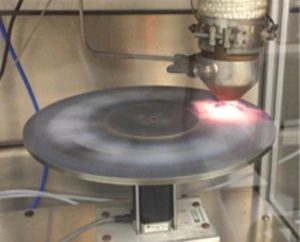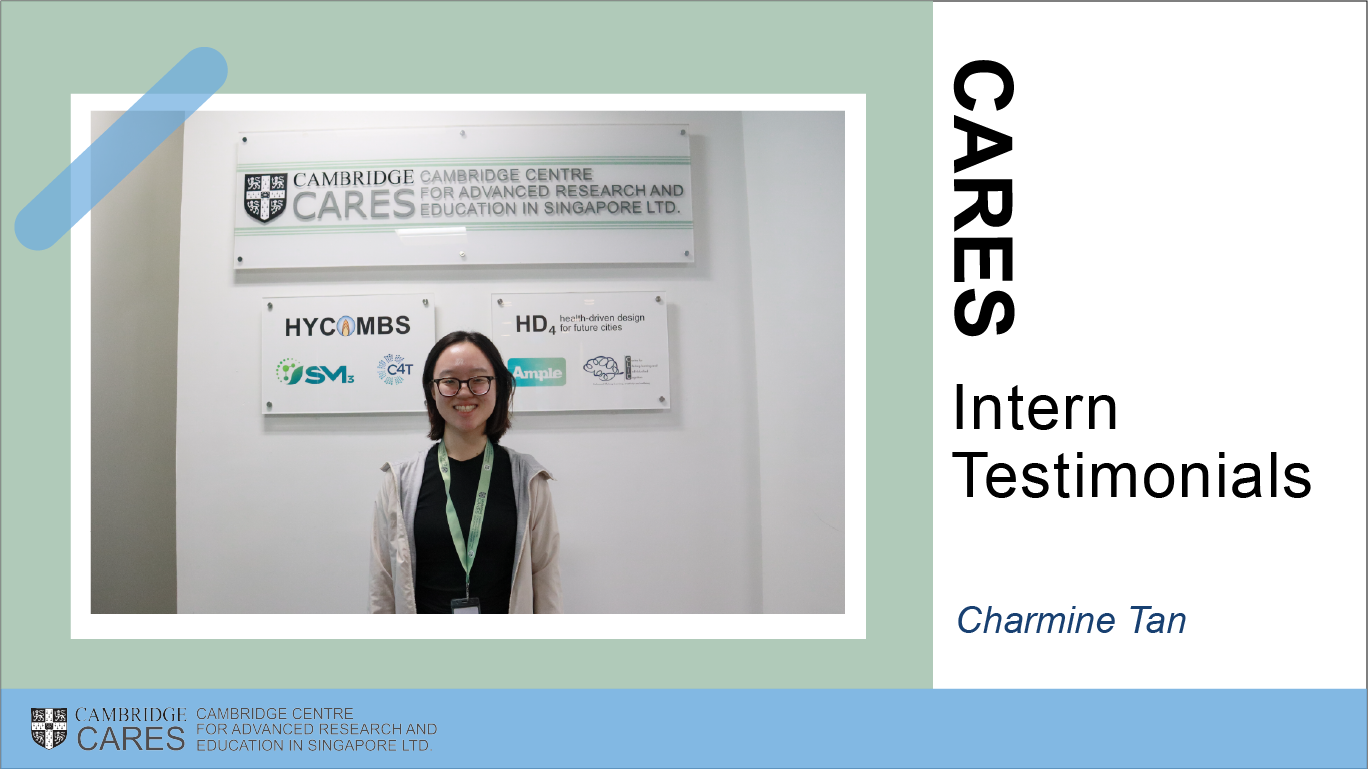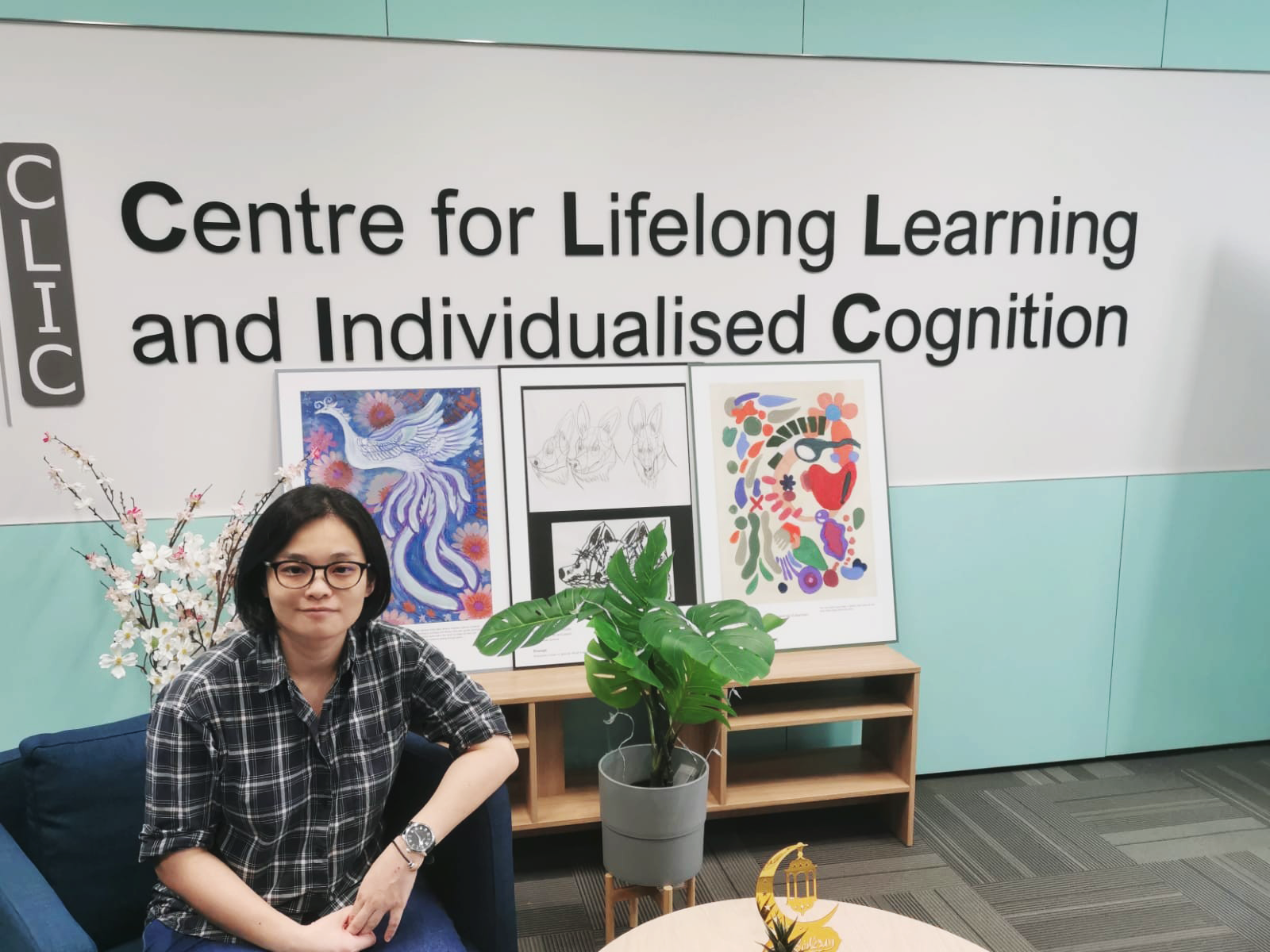The following article by CARES PhD student Shuyang Wu is taken taken from the 10th CARES Research Report.
Volatile organic compounds (VOCs) are prevalent components of indoor air pollution. They are commonly found in the indoor air of residences and office buildings, as well as in various industrial processes, waste streams and disposal facilities. Many VOCs can cause headaches, dizziness and eye, nose and throat irritation.
Traditional methods for removing VOCs include absorption, incineration and condensation but these have inherent limitations, such as high costs, short and unpredictable life spans and secondary pollution. In recent years, photocatalytic oxidation (PCO) and photochemical oxidation have been extensively studied as promising methods for removing and destroying various VOCs in polluted air and converting them into benign and odourless constituents, like water vapour.
Semiconductor-based photodegradation has been attracting a great deal of interest. Among the plentiful semiconductor materials, titanium dioxide (TiO₂) has been regarded as one of the most promising photocatalysts for the degradation of pollutants in water and air, because of its physical and chemical stability, easy availability, nontoxicity and unique electronic and optical properties. Photocatalytic oxidation using TiO₂ is cost-effective and can be carried out at room temperature and atmospheric pressure, and is a promising way to purify the air and protect the environment.

Flame synthesising TiO₂
Shuyang Wu is a PhD student at Nanyang Technological University and researcher in our C4T project. His main research interest lies in the area of flame synthesised metal oxide for the application in energy and environment. He is currently using the continuous one-step flame synthesis method to prepare mixed-phase TiO₂ nanoparticles with excellent performance in renewable energy production.


